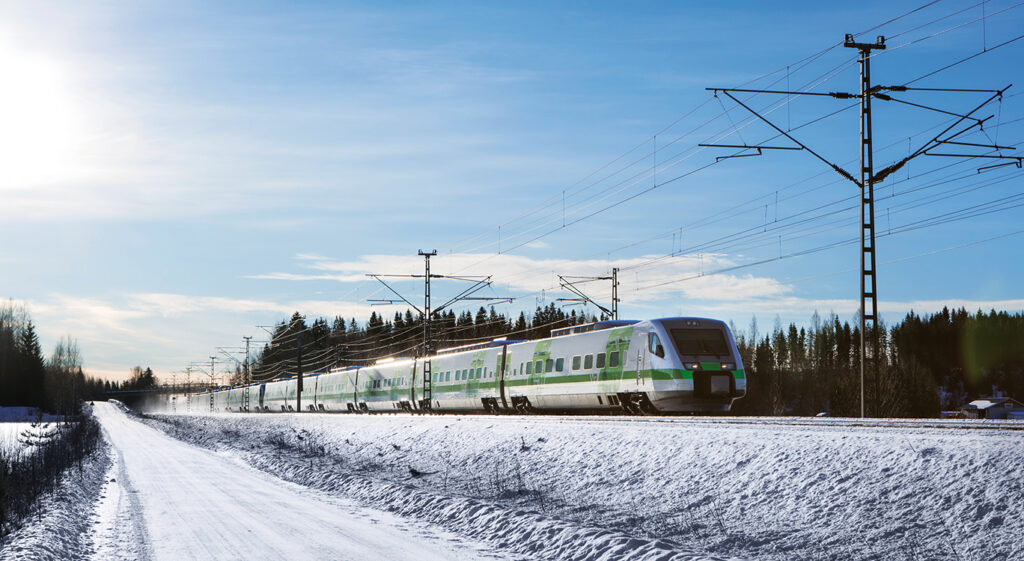One of the standout features of SV-SHOCKS’s shock absorbers is their unparalleled adaptability with all temperature conditions you may encounter. These shock absorbers are designed to withstand varying loads, rails, tracks and terrains, providing optimal damping and stability across a wide range of conditions.
The impact of cold temperatures on shock absorbers and how to prevent failures
Cold climates challenge shock absorbers by affecting fluid performance, material flexibility, and internal mechanics. SV’s high-quality dampers designed for wide temperature ranges use specialized oils, low-temperature-rated seals, and precise tolerances to maintain consistent performance and durability in sub-zero conditions.
Temperature testing dampers up to -60°C
Each SV-SHOCK’s shock absorber is thoroughly tested before it leaves the factory to ensure it meets our highest quality standards. Our damper testing includes temperature testing up to -60°C. Due to its Northern location, SV-SHOCKS is very familiar with the demanding conditions that shock absorbers face when the weather is freezing cold.
Trains and trams in the Nordic countries need shock absorbers that operate reliably in winter conditions
In the Nordic countries, temperature variations between summer and winter are significant. The same equipment operates in both the cold of winter and the warmth of summer. SV-SHOCKS shock absorbers function reliably even navigating in arctic snowy rails, the shock absorbers seamlessly adapt to deliver a smooth and controlled ride.
